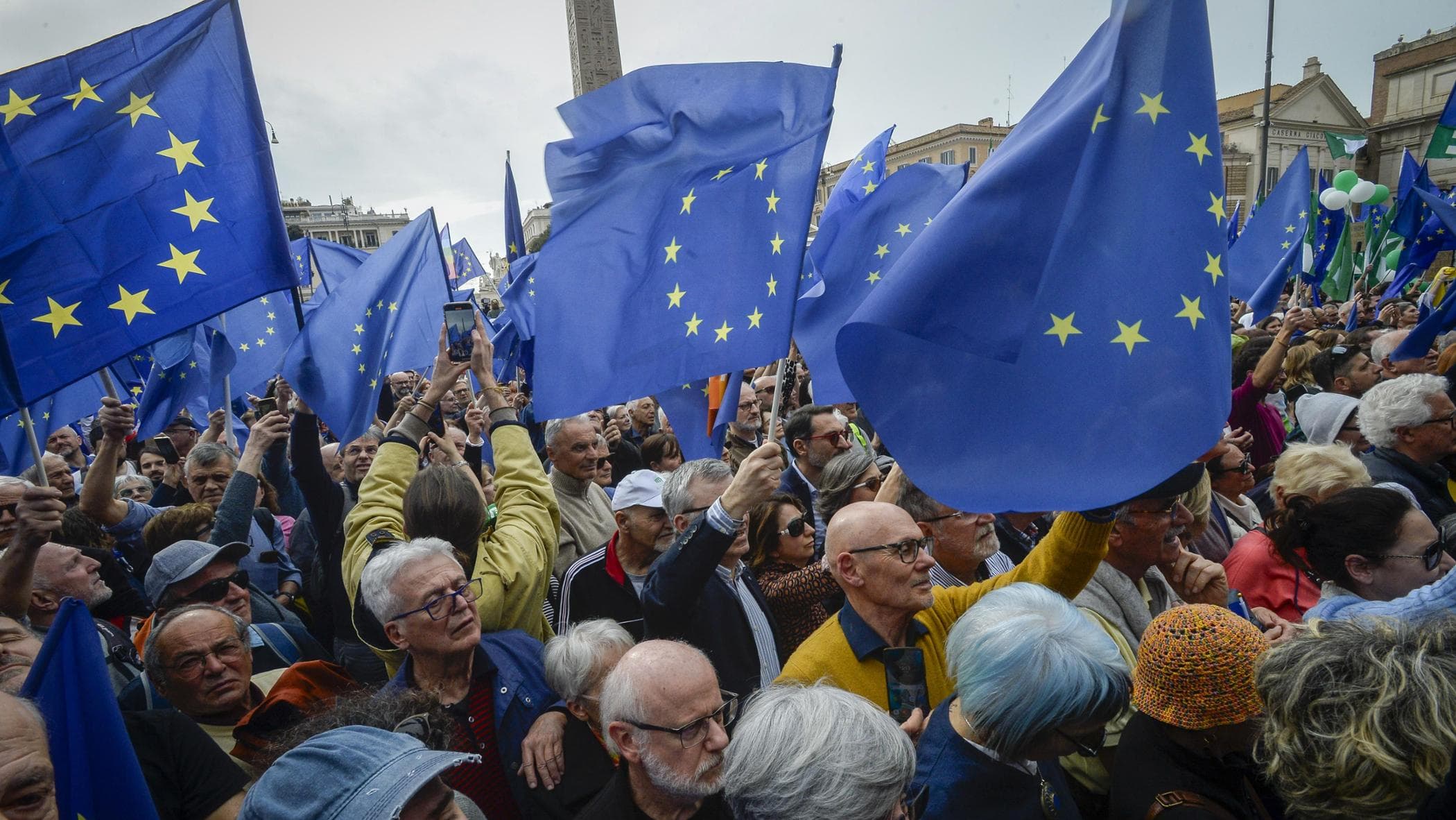Manifesto di Ventotene: The Blueprint for a Federal Europe
The Manifesto di Ventotene, drafted in 1941 on the tiny Italian island of Ventotene, remains a surprisingly relevant document today. More than just a historical artifact, it's a foundational text for the European Union's ongoing quest for deeper integration – a blueprint for a Federal Europe. This article explores its key principles, enduring legacy, and continued relevance in a rapidly changing geopolitical landscape.
The Birth of a Vision: Escape and Ideation
Written by Altiero Spinelli, Ernesto Rossi, Eugenio Colorni, and Ursula Hirschmann while imprisoned under Mussolini's fascist regime, the Manifesto wasn't just a political statement; it was an act of defiance and hope. Confined to Ventotene, these intellectuals envisioned a post-war Europe fundamentally different from the one that had plunged the continent into devastating conflict. Their shared belief: a United States of Europe was the only path to lasting peace and prosperity.
Key Principles of the Ventotene Manifesto:
- Federalism: The core principle, advocating for a supranational structure with power shared between a central federal authority and individual member states. This stands in contrast to a purely intergovernmental approach.
- Democratic Governance: The Manifesto championed a democratic federation, with citizens electing representatives at both national and federal levels. Accountability and transparency were crucial elements.
- Economic Integration: Recognizing the interconnectedness of European economies, the authors called for a common market, free movement of goods and people, and a unified economic policy to boost prosperity and prevent future conflicts fueled by economic competition.
- Social Justice: The Manifesto emphasized the importance of social justice and equity within the federal system, advocating for policies to reduce inequality and promote a more just and equitable society.
- Supranational Authority: A central feature was the establishment of a powerful federal authority with the ability to make decisions binding on member states, particularly concerning foreign policy and defense.
The Enduring Legacy and Relevance Today
While the initial post-war European integration process didn't fully mirror the Manifesto's ambitious federal vision, its influence is undeniable. The creation of the European Coal and Steel Community (ECSC), the European Economic Community (EEC), and ultimately the European Union (EU) all bear the imprint of its core principles.
The Manifesto in the 21st Century:
- Brexit and the Future of Europe: The UK's departure from the EU has sparked renewed debate about the future direction of European integration. The Manifesto's emphasis on a strong federal structure is once again being considered by those advocating for deeper integration to counter centrifugal forces.
- Populism and Nationalism: The rise of populism and nationalism across Europe presents a significant challenge to the EU project. The Manifesto's ideals of unity and cooperation offer a powerful counter-narrative.
- Climate Change and Global Challenges: Facing global challenges like climate change, the need for coordinated action across national borders has never been more urgent. The Manifesto's call for a unified approach to major issues remains highly pertinent.
Conclusion: A Continuing Conversation
The Manifesto di Ventotene is more than just a historical document; it's a living testament to the enduring power of visionary thinking. Its core principles – federalism, democracy, economic integration, and social justice – continue to shape the ongoing conversation about the future of Europe. While the path to a fully realized "United States of Europe" remains complex, the Manifesto provides a crucial framework for navigating the challenges and opportunities ahead. Understanding its historical context and its enduring relevance is essential for anyone seeking to engage with the future of the European Union and the broader project of European integration.
Further Reading:
This article is intended for informational purposes only and does not constitute political endorsement.
